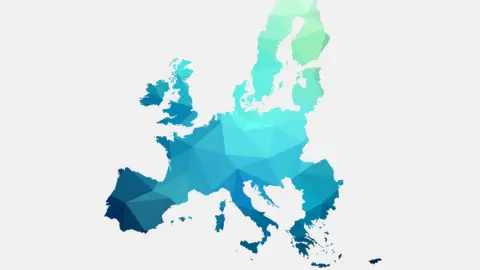Asia week ahead: Gauging India’s bounce back
The focus next week in Asia will be the extent of India’s bounce back in the third quarter, as the data in October underscores the renewed threat to the region from the second wave of the pandemic
India – 3Q report card arrives
In Asia, India has been the worst-affected country by Covid-19 and the national lockdown in the second quarter dented GDP by -25% quarter-on-quarter and -24% year-on-year. The subsequent reopening of the economy resulted in some recovery, as observed elsewhere in the region.
On average other Asian economies clawed back almost two-thirds of their Covid-induced GDP fall suffered during the first two quarters of the year in the third quarter. On the same scale, India should see about 16% QoQ GDP surge in 3Q, though that still corresponds to about -12.0% YoY fall. This aligns with high-frequency data, especially the monthly industrial production showing a sharp narrowing of the year-on-year contraction, from -36% in 2Q to -6% in 3Q. Industrial production growth closely tracks real GDP growth.
Even so, the depth of the 2Q slump also suggests that bounce back might not be as vigorous as in other less affected regional economies, as India continued to be an epicentre of the pandemic with close to 9 million infections at the time of writing. This imparts downside risk to our 3Q GDP view.
Rest of Asia – October data dominates
Taiwan and Singapore will report revised GDP figures for 3Q. We anticipate a moderate contraction in Singapore’s growth numbers to -5.4% YoY than -7.0% initial estimate, resulting from strong September manufacturing growth. Taiwan’s GDP growth is unlikely to differ much from the 3.3% first reading, leaving it among the few Asian countries (China and Vietnam) with positive GDP growth in the last quarter.
Undoubtedly, the second wave of the pandemic threatens the recovery of Asian economies in the current quarter. A slew of October trade and manufacturing releases from Taiwan, Singapore and Thailand should underscore the downside growth risk. The consumer and business confidence indicators from Korea will be under scrutiny for the same reason, as the Bank of Korea looks poised to leave the policy on hold. The BoK meets next Thursday, 26 November.
China’s industrial profits data for October should shed light on the investment recovery coming into the final quarter of the year. The question is whether the double-digit profits growth was sustained for another month after the sharp slowdown in September to 10% YoY from 19% in the preceding two months.
Asia Economic Calendar

This publication has been prepared by ING solely for information purposes irrespective of a particular user's means, financial situation or investment objectives. The information does not constitute investment recommendation, and nor is it investment, legal or tax advice or an offer or solicitation to purchase or sell any financial instrument. Read more
Tags
Asia week aheadDownload
Download article
19 November 2020
Our view on next week’s key events This bundle contains 3 Articles